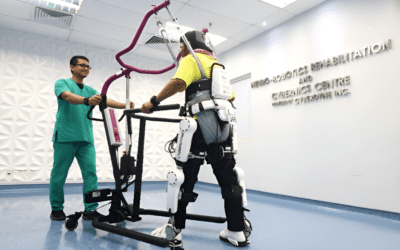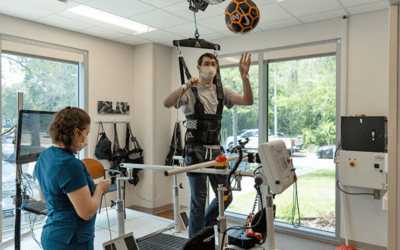Many people find neuroscience fascinating because learning about our brains teaches us about ourselves. Unfortunately, popular interest in brain research has led to several pervasive myths that misrepresent how our brains work. Combatting these Neuromyths is difficult because the truth is often much more complicated than the myth and buried in intimidating scientific literature.
Neurological conditions can be complex and often shrouded in misconceptions. Below are the common myths surrounding neurological conditions to help us better understand these conditions and their impact on individuals.
Let’s debunk some of the most prevalent brain Myths and Misconceptions

- Using only 10% of our Brain:
One of the most persistent myths is the belief that humans only use 10% of their brain. In reality, our brains are highly efficient, and various regions are active throughout the day, even during seemingly mundane tasks. Every part of the brain serves a specific purpose, and even minor damage can have noticeable effects.
- Neurological conditions are always genetic:
While genetics can play a role in certain neurological conditions, not all neurological conditions are hereditary. Environmental factors, infections, injuries, and other non-genetic factors can also contribute to the development of neurological conditions. It’s important to understand that the causes can vary greatly from one condition to another.
- Neurological conditions only affect older people:
Neurological conditions can affect individuals of any age, including children and young adults. While certain conditions like dementia are more commonly associated with ageing, numerous neurological conditions can manifest in early childhood or adulthood. It’s essential to be aware of the diverse range of conditions and their potential impact across different age groups.

- Neurological conditions are untreatable:
Many neurological conditions have treatment options available. While some conditions may not have a cure, there are various treatments and therapies aimed at managing symptoms, slowing progression, and improving quality of life. It’s important to consult with a neurologist who can provide personalised care and explore available treatment options.
- Neurological conditions are always visible:
Neurological conditions are not always visible or easily identifiable from the outside. Many conditions have internal manifestations, such as cognitive impairments or sensory disturbances, which may not be immediately apparent. It’s crucial to approach each individual’s experience with empathy and understanding, even if their condition may not be outwardly evident.
- The brain is relatively stable and does not have “plasticity”:
This is changing. Currently, it is very popular to talk about neuroplasticity – the ability to develop areas of brain function or retrain brain areas to take over capacities lost in some illness or injury. Ideas are not stored in the brain as some ethereal “mind”. They are stored as changes in neuronal state.
Neurology conditions
Neurology is too complex, itself is a myth. Preventing the spread of disinformation about the brain starts at all levels!
So, connect with us at www.rehabmodalities.com to learn more about our rehabilitation therapy.
To know more write to us: info@rehabmodalities.com

Author – Shruthi Saburi
An Engineer Turned Strategist: Making a Difference through International Neurorehab Robotics Initiatives. Igniting Neurorehabilitation Globally by Shaping Tomorrow’s Solutions across MESASEA Countries.



